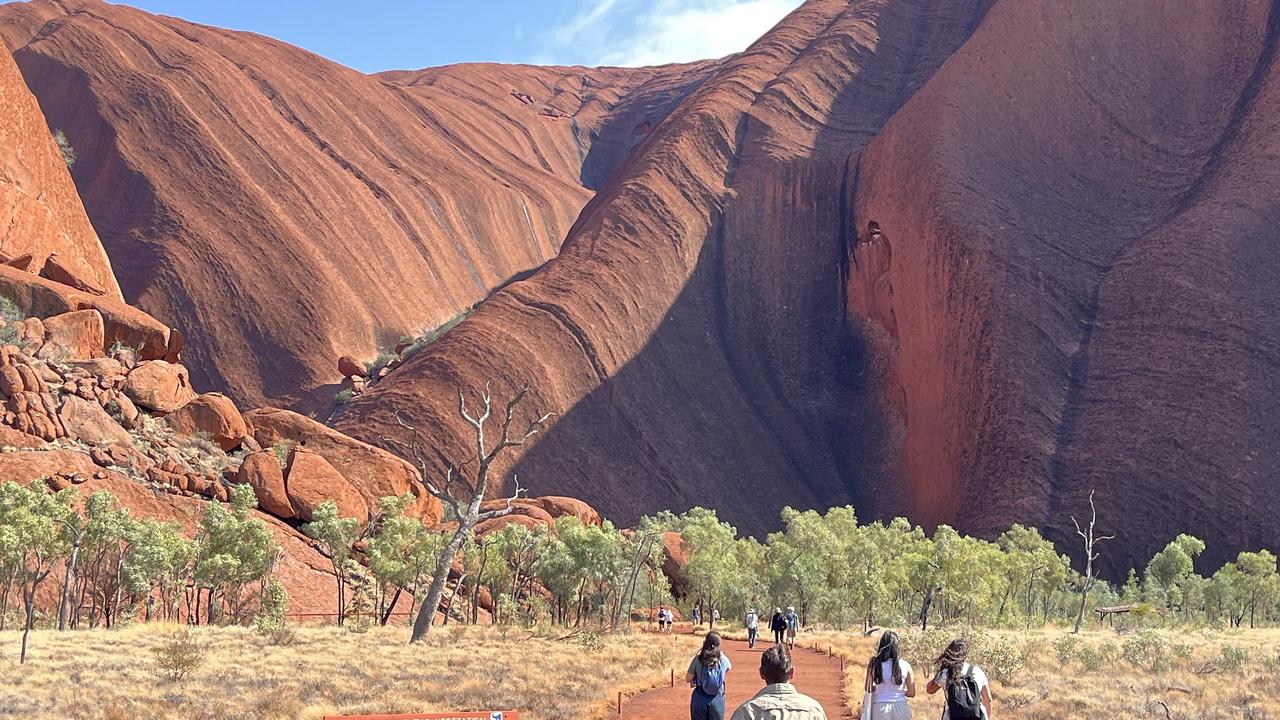
Alison Milyika Carroll says the great red rock known as Uluru belongs to her people but they are happy to share it with the world.
Tourists flock to the Australian icon in the Red Centre where the Anangu people, after 40 years of joint management with National Parks, also see the potential to create businesses to support themselves.
From their willingness to welcome visitors, they hope the sacred monolith brings back to them a share in prosperity.
Ms Carroll recalls being present on October 26, 1985, when then governor-general Ninian Stephen handed Anangu elders the title deeds to Uluru and nearby Kata Tjuta, also known as Ayers Rock and The Olgas.
It was a symbolic high point for Aboriginal land rights.
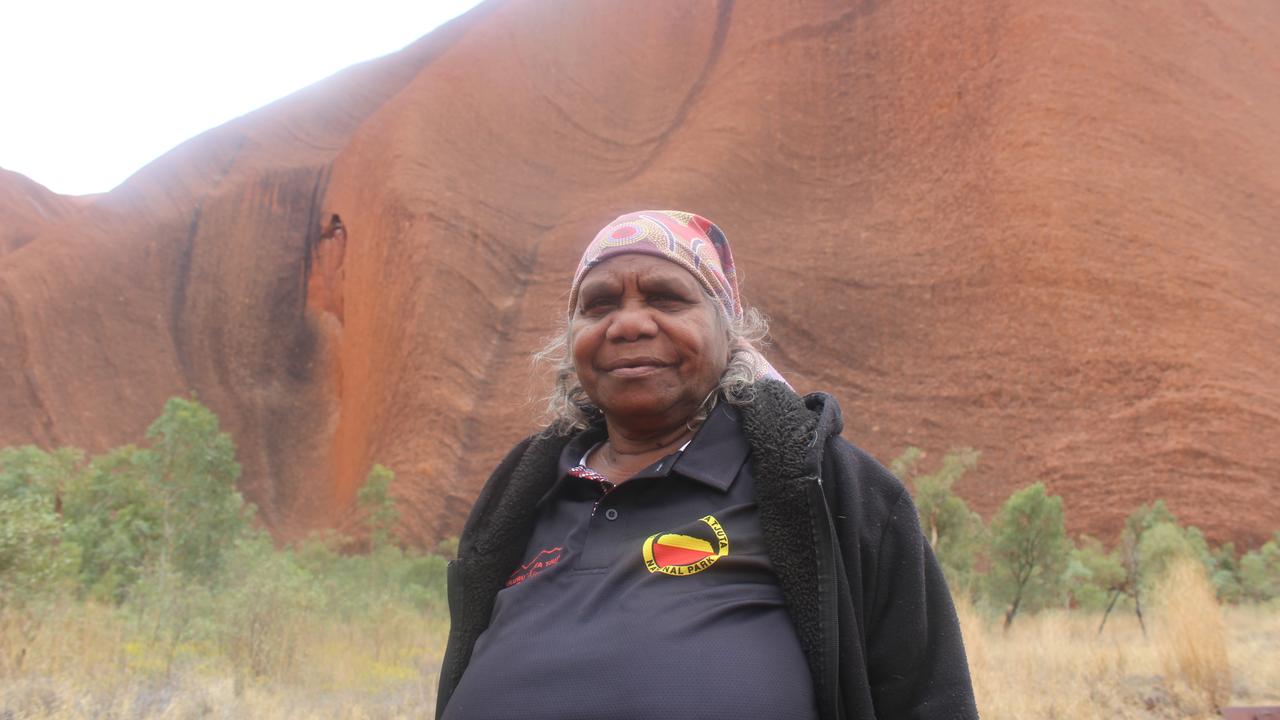
"This rock belongs to Anangu but it is for everybody," the traditional artist and community leader told AAP at last weekend's event to mark 40 years since the handback.
"We Anangu are happy for the people out there coming here to this place," she said.
"They enjoy it to see this amazing rock."
At the 1985 ceremony, the Anangu signed a joint management agreement, leasing the land back to the Australian Parks and Wildlife Service (now the Director of National Parks) for 99 years.
The handback followed decades of lobbying by Traditional Owners to have their rights recognised and set the scene for similar handbacks across Australia.
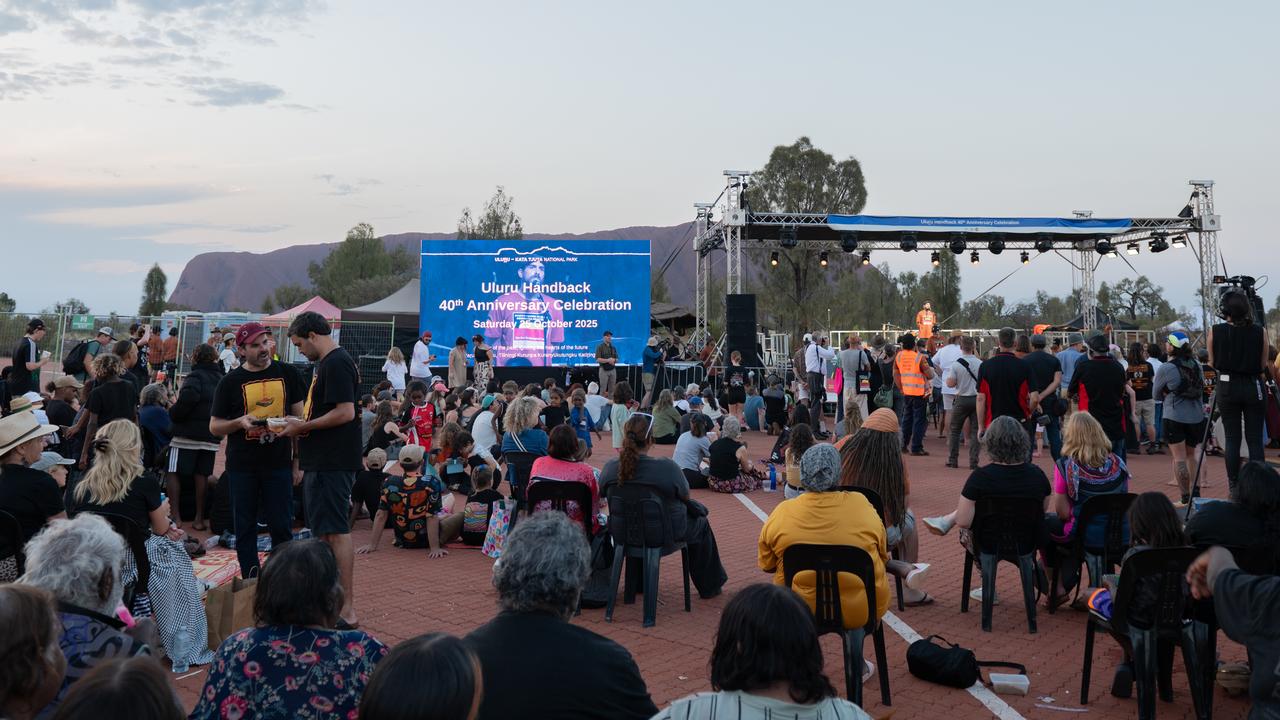
Prime Minister Anthony Albanese and Governor-General Sam Mostyn attended Saturday's celebrations and thanked the Anangu for sharing the rock with all-comers.
"Tourists flock to it, rangers care for it. All Australians are welcome here. The whole world is welcome here," Mr Albanese told those gathered.
"On behalf of Australia, I say to the Anangu, 'we thank you for your patience, we thank you for your grace'."
Ms Mostyn praised the custodianship and care of the Anangu people, their generosity and their "fire" that led to the handing back.
The prime minister did his own sell for the rock on the weekend, saying people were captivated by the endless shifting of its colours, whether bathed sunshine, beneath the stars or against cascading desert rain.
"A body of stone whose every fold and ripple and cave is alive with a spirituality so profound and venerated, it is an experience of singular power just to be in its presence and fill our eyes with its wonder," he added.
Craig Woods, who is on the Uluru-Kata Tjuta National Park board of management, says the tourism surrounding Uluru provides many opportunities for his people to create businesses to support community.
He points to the Mutitjulu Community Aboriginal Corporation which owns and runs a cafe, a store and an arts centre.
Another venture, Maruku Arts, sells traditional paintings, wood carvings of snakes and perentie lizards, clap sticks and Anangu tools and weapons that visitors can buy as souvenirs.
Joint management of the park had its "ups and downs", Mr Woods says.
"It's about finding that balance. Hopefully with the current board we can excel in making it bigger and better."
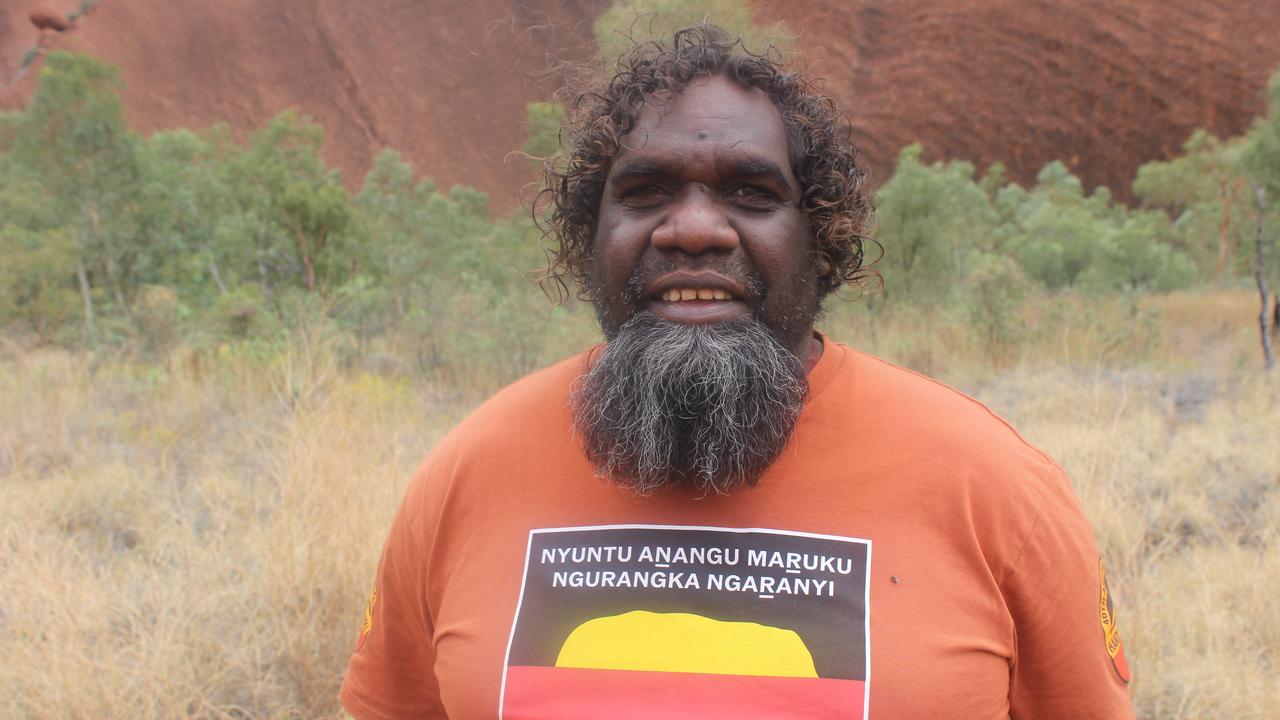
Shaeleigh Swan, the first Indigenous manager of the national park, says joint management has been a great partnership for Anangu and the Commonwealth to look after Country in a very productive way.
The weekend's handback ceremonies were an opportunity to acknowledge the Anangu elders and what they fought for, she tells AAP.
"They really wanted to make change for the land rights for all the grandchildren and the future generations."
While the park employs Aboriginal managers, rangers, guides and story tellers, the hospitality industry is another employer of Indigenous people in the hotels and resorts around Uluru.
Last weekend, coinciding with handback celebrations, 28 young Indigenous Australians graduated with hospitality and tourism qualifications from the National Indigenous Training Academy at Ayers Rock Resort.
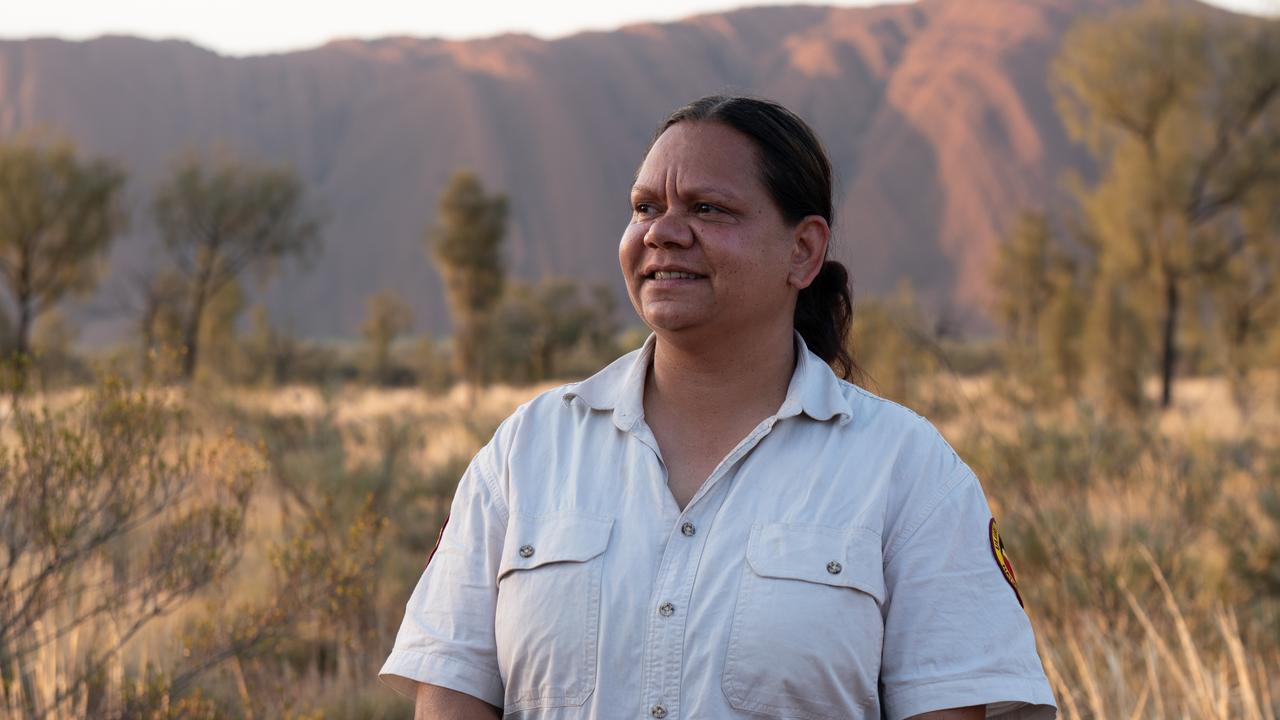
A new course, designed with Anangu input, will train a fresh contingent of Anangu tour guides to show visitors the rock and tell its stories.
Joint management models and tourism business spin-offs are being worked out at Uluru, Kakadu and other major national parks around Australia to ideally benefit both Indigenous communities and visitors.
Uluru is included in the UNESCO World Heritage List and is one of the most recognisable natural sites in the world.







